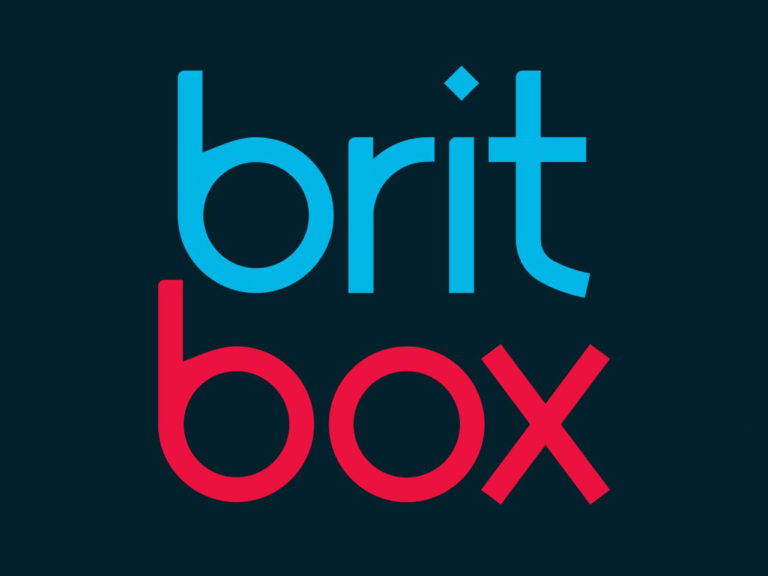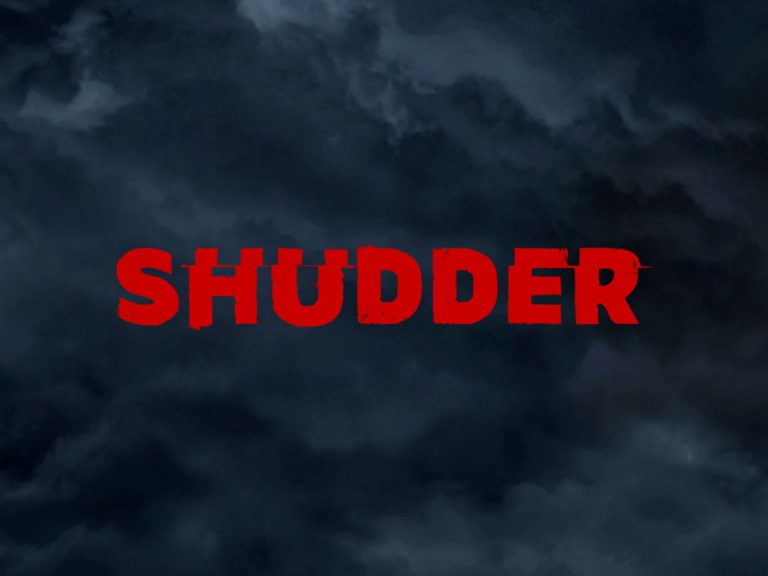
I enjoyed the first issue of Future State: Dark Detective. I was looking forward to the continuation of both Batman and Grifter’s stories in #2, and was slightly disappointed to find that the Grifter story isn’t in this issue, though it will likely pick up in #3. What we’re getting instead is a Red Hood story. But is the second chapter of Dark Detective as good as the first? And is this Red Hood story as fun as the one about Grifter? Let’s have a look.
DARK DETECTIVE

It’s the second chapter of “Dark Detective”, and the creative team is still taking its time to set up this world. This is not necessarily a bad thing, but seeing as this story will only be four chapters long, I’d like to see a little more plot development at this stage. While Batman has found some answers to certain questions that he has, and some background information (such as Bruce’s “death”) is explained to the readers through exposition in the narration boxes, I don’t feel like our hero—or the story itself—has made a lot of progress since the opening chapter. Since we’re now officially halfway through the story, I’m somewhat concerned that the creative team will have to start rushing the plot from here on out.
The writing in this chapter isn’t that great, either. There are lines in here like, “Cybers. With voices that sound a little like a robotic game show host,” which don’t really tell us much about the thing that Tamaki is trying to describe. The situation in which Batman encounters one of these Cybers just has nothing to do with game shows whatsoever. What’s more, I’m not even sure what a robotic game show host would sound like, because this description in itself is so generic and broad that it could be anything. Not only is the simile out-of-place, it also falls flat.

Consider this a precursor for most of the writing in the “Dark Detective” segment. Besides odd similes, there are also quite a few clichés. Now, I don’t mind when a writer uses a cliché occasionally, but there is an instance here that I think does more harm than good to the story. We see Bruce drowning and during this process his inner monologue reads as follows: “Dying was a lot like I thought it would be. I fell into darkness. Opened my eyes. And saw…death staring back at me.”
Falling into darkness and opening one’s eyes to see death staring back isn’t an original concept. It’s such a standard description of how a character experiences dying that it becomes uninteresting. Moreover, I can’t imagine that Bruce would ever think like this is in that kind of situation. The dude has died at least twice in recent publication history, so writing this sequence as if this is his first experience seems a bit disingenuous to me.

As such, most of the inner monologue doesn’t quite work for me. Besides it being edgy and cliché at times, it’s also very dry throughout. However, the dialogue is okay for the most part, aside from a few jarring repetitions here and there and some very forced exposition that disrupts the flow of the narrative.
Furthermore, the plot has become more questionable in this chapter too. The reason why everyone thinks that Bruce and Batman are both dead is because, conveniently, a random corpse that sort of resembles Bruce is floating in the river right when Bruce is drowning. If the police seriously just assumed that this random corpse is Bruce Wayne, then they must have the world’s worst forensics department. Or the writer and editor(s) completely overlooked this plot hole. Either way, to have the plot hinge on pure random chance like this is very rarely a good idea, and this isn’t one of those rare cases. It’s just weird.

That said, I did get some entertainment out of the scenes with Noah—a new supporting character and Bruce’s current roommate. Noah is an extremely paranoid conspiracy nut, going as far as to destroy furniture and technology in his house because he thinks that “they” are watching. For me, most of the entertainment comes from the art, as Mora has the rooms in Noah’s house reflect the character’s state of mind, and the character’s body language and facial expressions can be hilarious. I’m still missing character development, though. As it stands, Noah is still just a stereotype conspiracy nut and there literally isn’t anything more to him than that.
Mora and Bellaire are back on art duties and they’ve turned in some great work, as usual. The action flows across the panels, and even though there’s a lot of visual input on every page, Mora’s crisp layouts allow for readers to follow along smoothly. His characters are very lifelike and react and move like human beings, despite the art style being more cartoony than realistic. Bellaire’s colors are rich and detailed once again. There is a lot of variation in colors, too, which are more muted in quiet moments and get brighter and flashier during the action sequences. With all the flowing action, the great character work, and the dynamic coloring, there’s a good, steady rhythm to the art that carries the story all the way throughout.
Score: 7/10
RED HOOD

The second feature is pretty solid. I like how Williamson doesn’t rely too much on exposition, but lets Milonogiannis’ art tell most of the story. The opening page is a good example of this creative team’s approach. The page quickly establishes that Jason is a sort of bounty hunter that goes after masked vigilantes. The scene that follows establishes how Jason goes about this business by showing how he takes down a vigilante and drops him off at a police station. There is also little to no dialogue during fight scenes, which is great! In my opinion, if dialogue is used in a fight scene, it should be kept to the bare minimum, but I always prefer fights in comics to be silent. I don’t want any words to get in the way of the action, and there’s just not a lot of talking in real fights anyway.
I quite like Milonogiannis’ work. It is the type of art that you’d expect in indie comics, so it’s nice to see DC using it in one of their main books. There’s an upbeat, comedic and energetic vibe to the art. It’s clean and minimalist in the sense that not all background details are fleshed out, which leaves room to emphasize the characters’ actions more. It fits this type of story—which is all about fast-paced action and humor—very well.

The writing is economical and straightforward, which creates a good pacing for this first chapter. It’s a page-turner because it reads so easily and this helps to boost the entertainment value. My biggest gripe with the writing is how the character of Rose Wilson is being written. She is constantly emphasizing the fact that she and Jason are sleeping together and keeps hanging around him. I get the feeling that Williamson is trying to turn this into a comedic beat, but I find it all rather annoying. I am by no means an expert on Rose Wilson/Ravager stories, but I know that seeing her appear as a clingy girlfriend that forces herself into Jason’s quest isn’t funny to me—it’s just tedious. Mostly I find myself wondering if the way that Rose is being written is authentic to her character. I also wonder why Jason and Rose are together and what purpose this serves in the story. There is clearly a disconnect between the two of them as Jason keeps acting like he doesn’t want her around. This relationship drama—whether it’s presented as comedy or in a more serious light—is all well and good, but if it doesn’t contribute to either character’s arc then I’m not sure why this is here, other than being fan-service for those who like the Jason/Rose pairing.
That said, the Jason/Rose dynamic doesn’t get in the way of my enjoyment of the story. I like how the story is set up and I’d like to see what happens next to Jason and where his mission takes him. If the creative team can maintain this pace and focus, I think this Red Hood story can be pretty good!
Score: 7.5/10
Recommended if…
- You need more of that amazing Mora/Bellaire artwork.
- You are a fan of Jason Todd and want to see what he’s up to in this futuristic Gotham.
- Red Hood/Ravager is your OTP.
Overall: This issue contains two stories that couldn’t be any more different. The main Batman story is slow and leans into the mystery, whereas the Red Hood story is fast and action-packed and comedic. It’s nice to have that variation. The writing is a bit hit or miss throughout the entire book, but every artist has done a great job. All things considered, it’s still a pretty good issue, but the creative team behind the “Dark Detective” feature needs to get their plot moving as soon as possible. If you’re on the fence, I’d say give this one another chance, or wait until the next review is out so you have a better idea of whether or not following this miniseries is worth your time and money.
Total Score: 7/10
Disclaimer: DC Comics provided Batman News with an advance copy of this comic for the purpose of this review.


